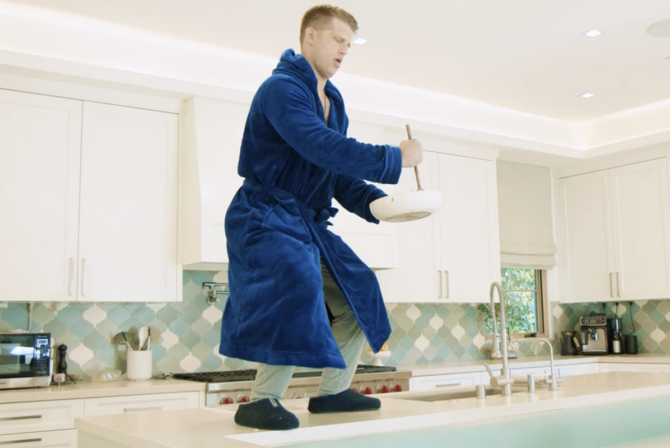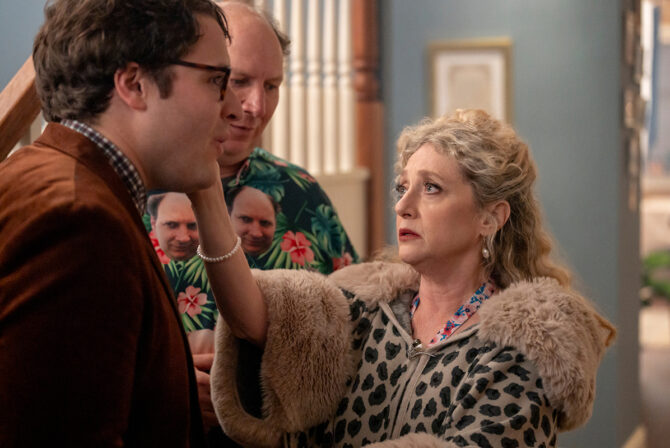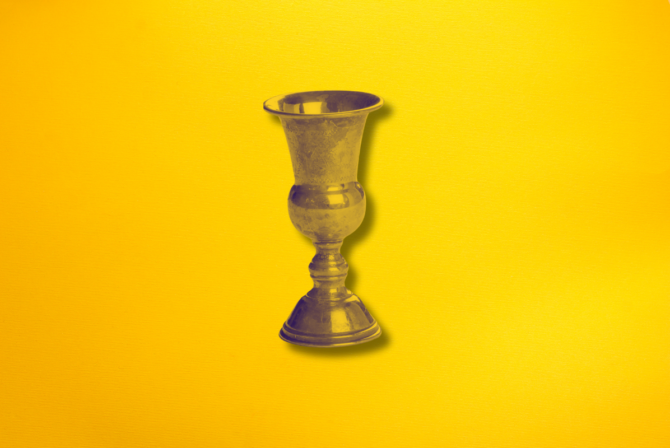If you are a kid, Purim means costumes, hamantaschen, and probably a carnival. It means the one time of year where you are allowed (actually required) to be as loud as you can in synagogue. The general craziness of the atmosphere can make Purim a favorite with a lot of little ones. If you are the parent of these kids, Purim can often mean over-tired, over-sugared, over-excited kids, which can be a challenge, especially if you manage to have some adult fun the night before.
One of the lessons of Purim is v’nahafochu–and everything turned upside down. It is an opportunity to celebrate the things that don’t usually come out, to celebrate the moment when the Jews thought all hope was lost, only to learn that the world turned on its head and they were saved. It is also an opportunity for us to tease out some of the values of the Purim story – Esther’s bravery, Mordechai’s faith – and communicate them to our children. Particularly now, in a moment where kindness seems to be shrinking every day, we can turn the world upside down by doubling down on love.
Let’s start with the first of the purim mitzvot, gifts for the poor–matanot l’evyonim. In this moment of Purim, where we celebrate and revel in being saved, we also remember that there are those around us who don’t have what we have. We are commanded to feed the poor on Purim— in fact, we are told to immediately say yes to any person who asks for money. What better lesson for our children than to answer the outstretched hand without cynicism and without hesitation. No, “should I…?” or “will they…?” Just give. Since Purim is on a Sunday this year, it is a great opportunity to find somewhere to volunteer as family.
The second mitzvah of Purim is mishloach manot, giving gifts, usually of food, to family and friends. Sometimes, when I take my kids to buy birthday presents for their friends, they want to keep them for themselves because the new toys look so much better than the ones they have at home. This is a tough one, but mishloach manot are a way to help our kids exercise the “giving muscle.” We can help our children practice going up to friends and family, looking them in the eye, offering a gift with a smile and trying to glean a reward from the other person’s gratitude. We can practice giving without expecting anything in return and we can practice being thankful if a gift does come our way.
The third mitzvah is the festive Purim meal, the Purim Seudah. If your house is anything like mine, meals are often fast and go on without a lot of attention paid to connecting with the others at the table. The Purim meal is a chance for everyone to sit down and enjoy eating together, with appreciation for the food we have in front of us and the community that surrounds us.
Now, the final mitzvah is to drink to the point where you don’t know the difference between Haman and Mordechai and by extension, between good and evil. Leaving the drinking aside, we can think about it this way: this mitzvah requires knowing the difference between good and evil in the first place. Only with that knowledge secure can you spend a little time on Purim letting go and forgetting the distinction. And this is where we, as parents come in. In a time when our fellow citizens cannot even agree on basic facts, it becomes our obligation to draw lines in the sand for our children before the holiday begins. It becomes our job to teach them good and evil, right and wrong, moral and immoral. In a time when people seem to have trouble knowing the difference, the best way to do this particular Purim mitzvah is to make sure we are communicating that difference clearly and without hesitation to our children.







